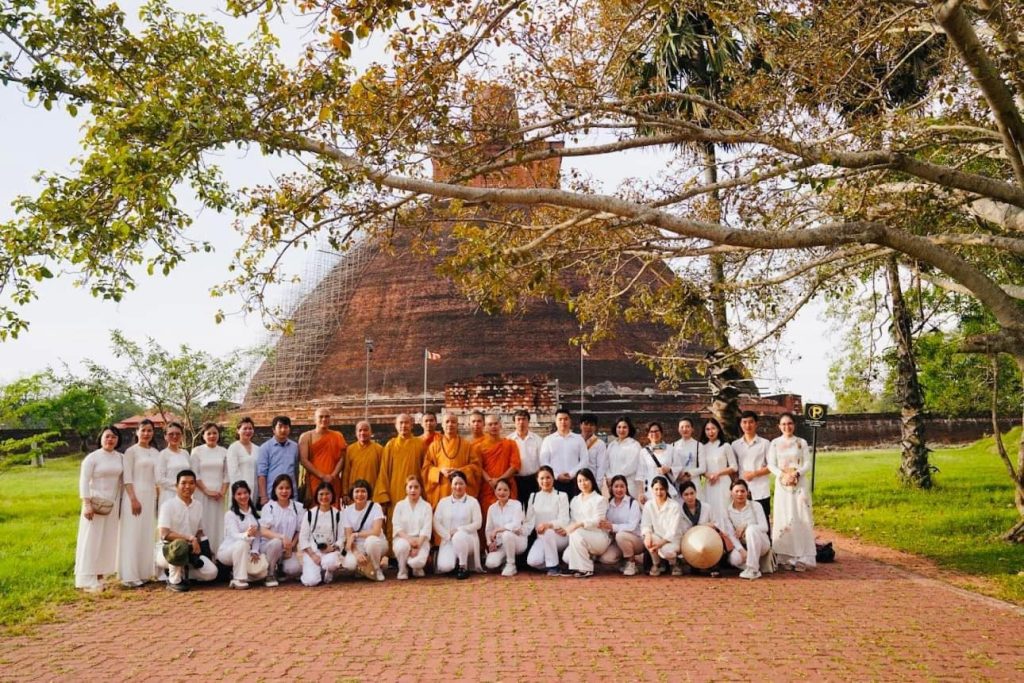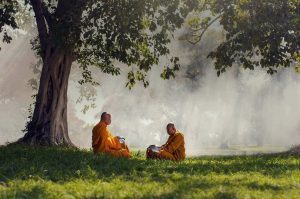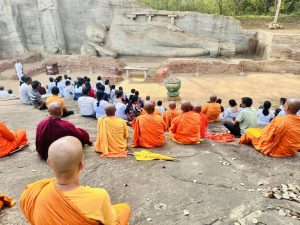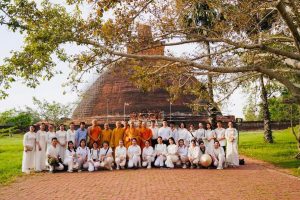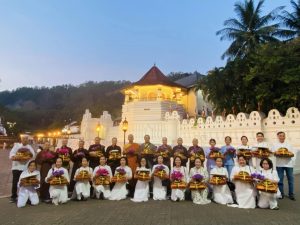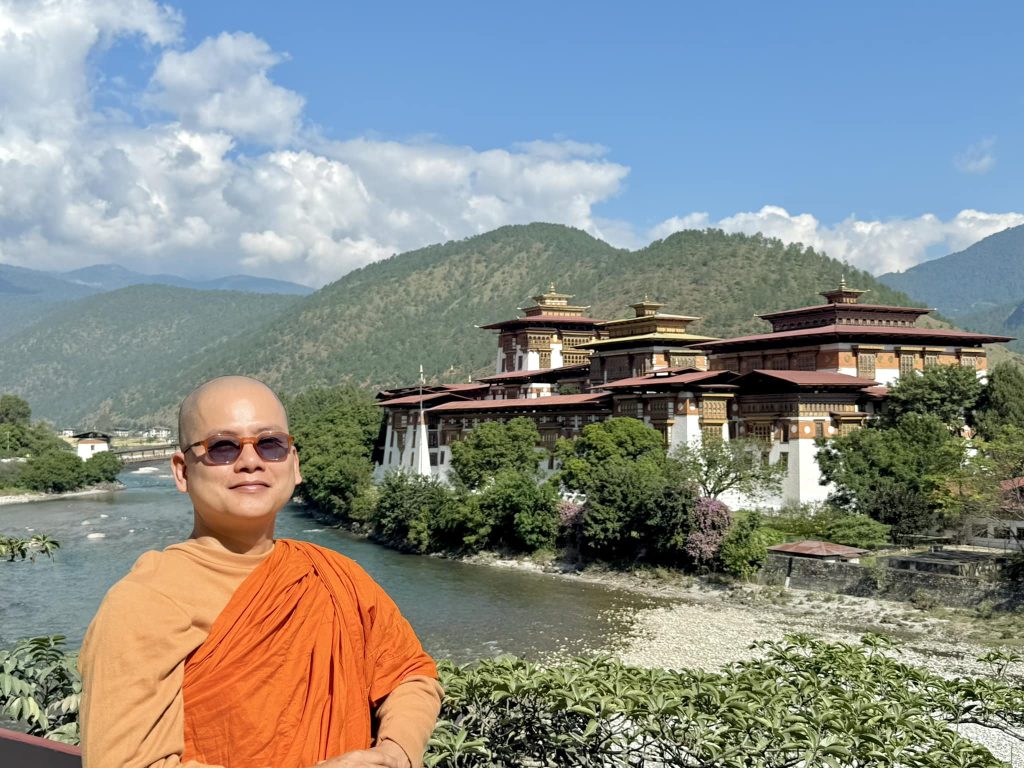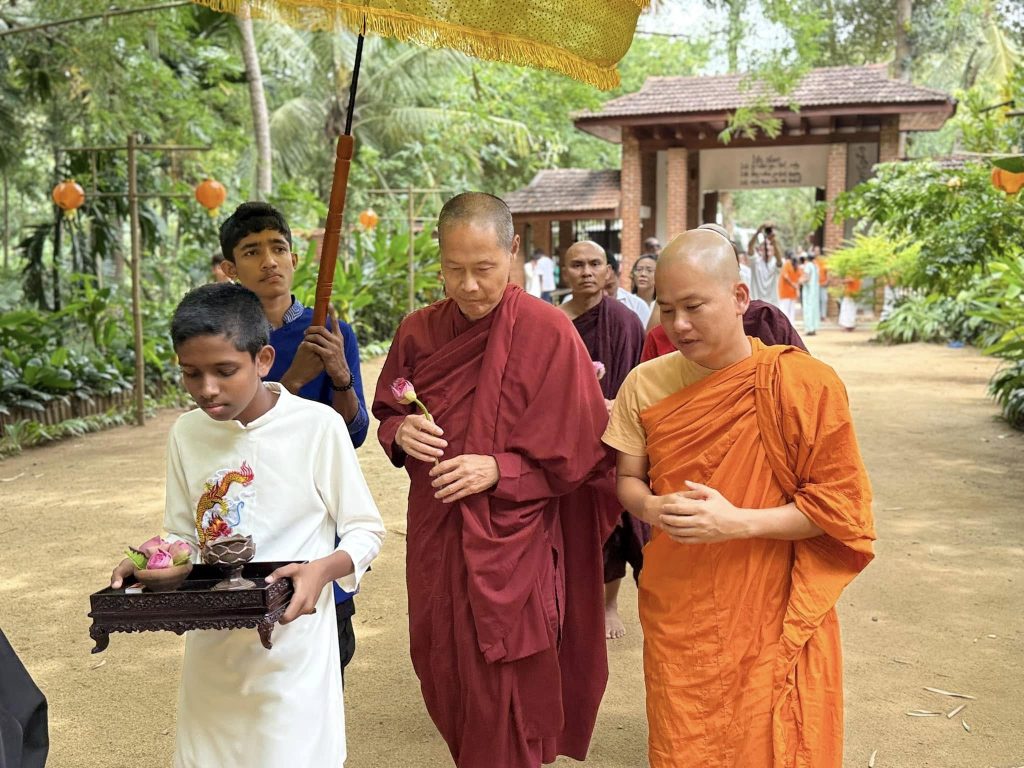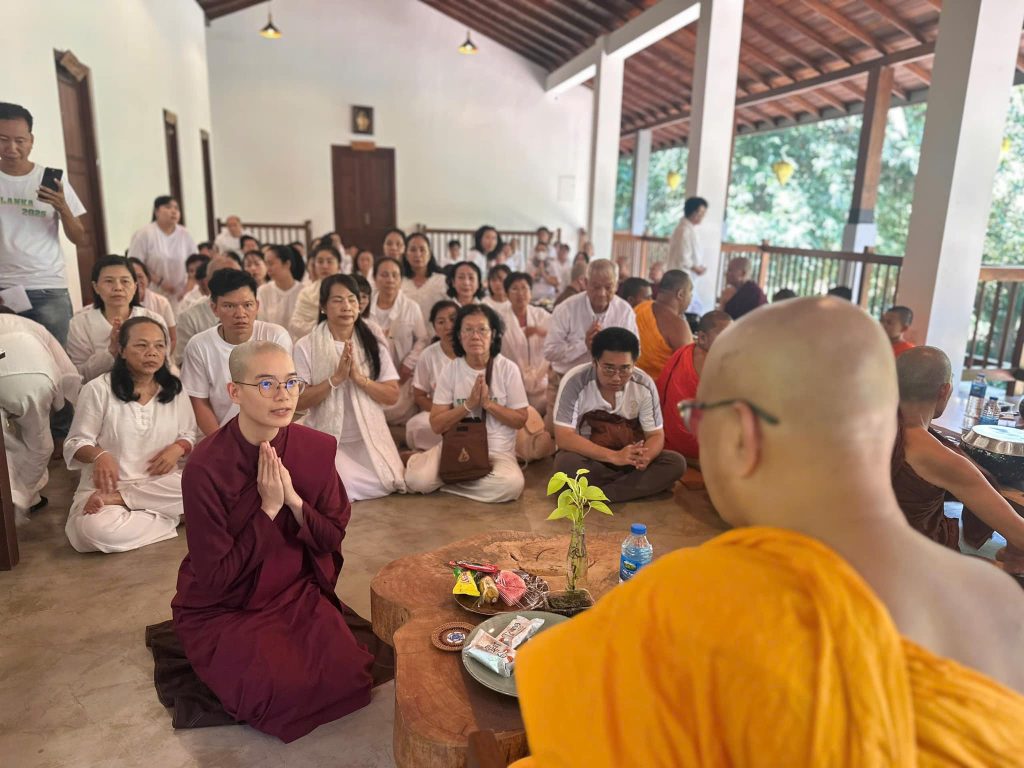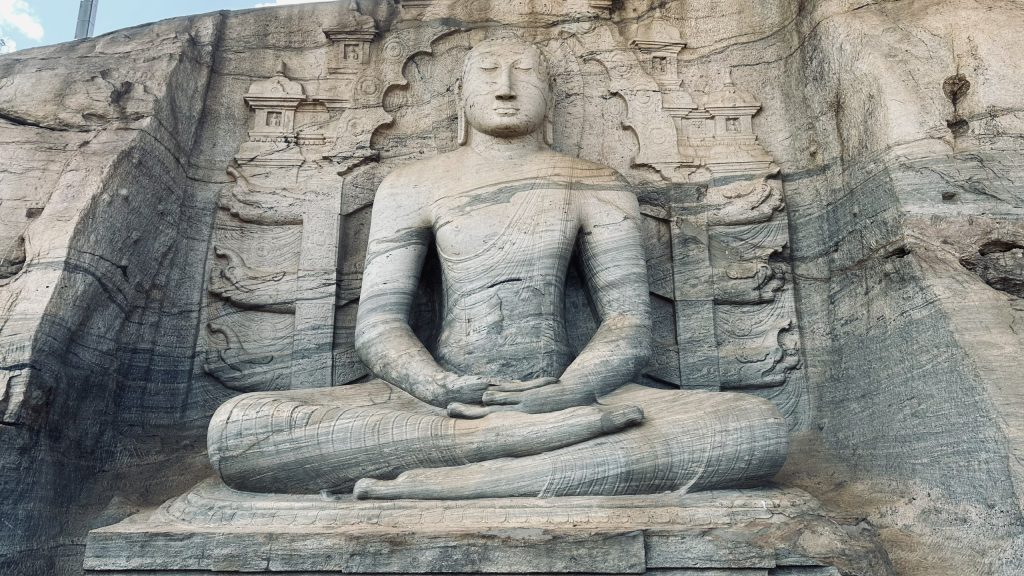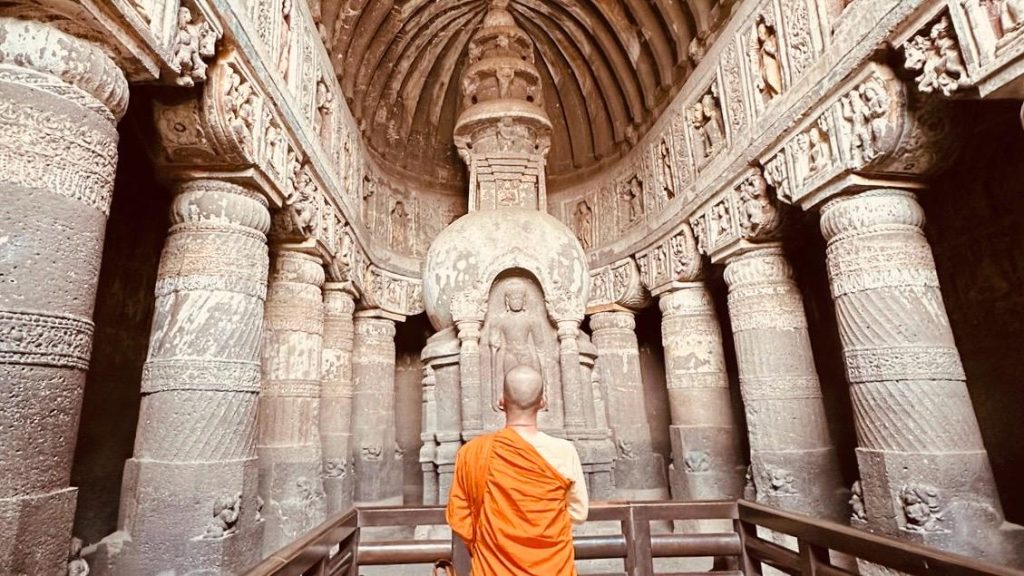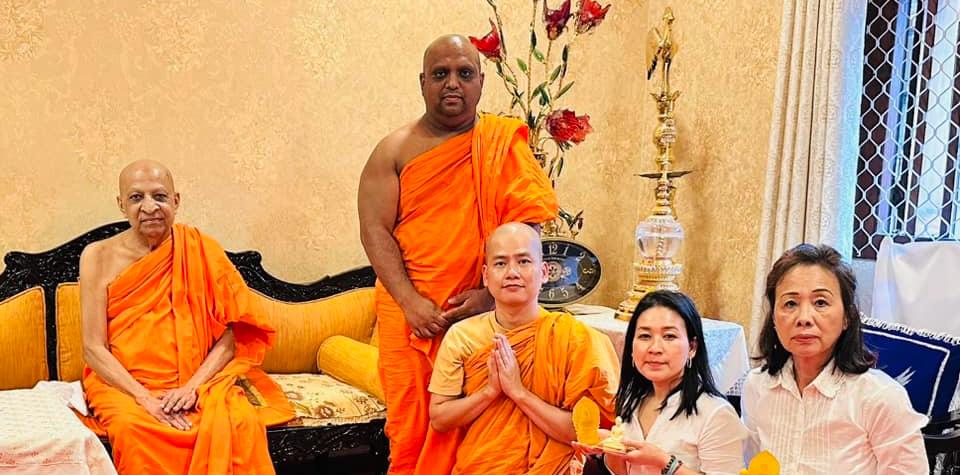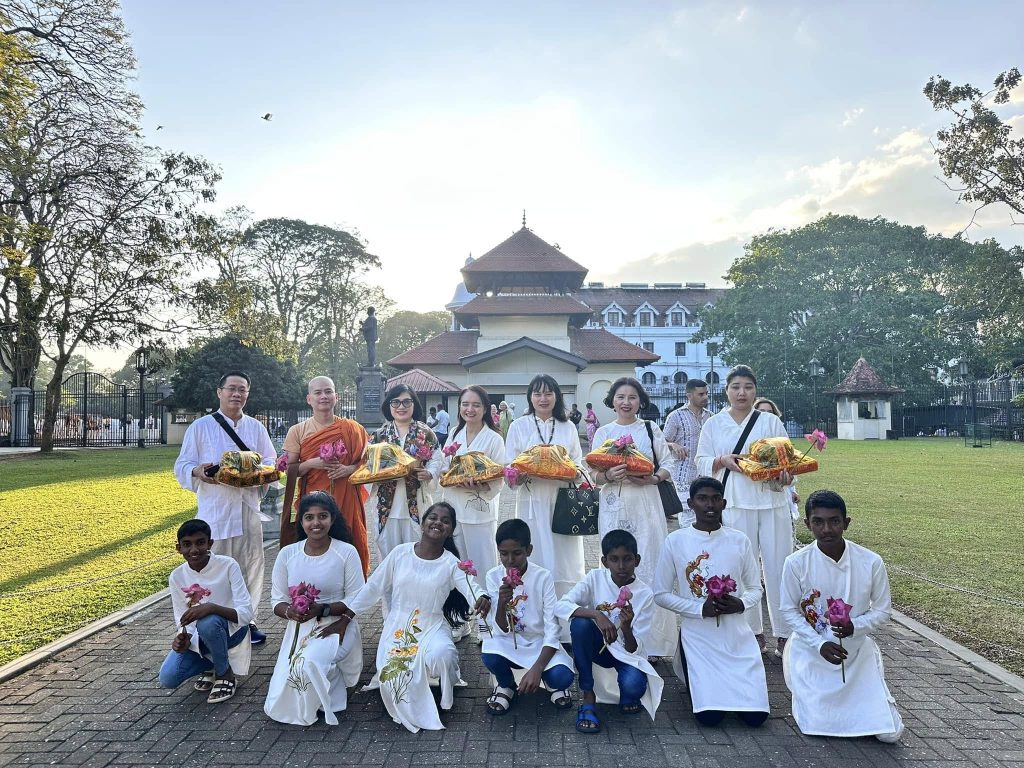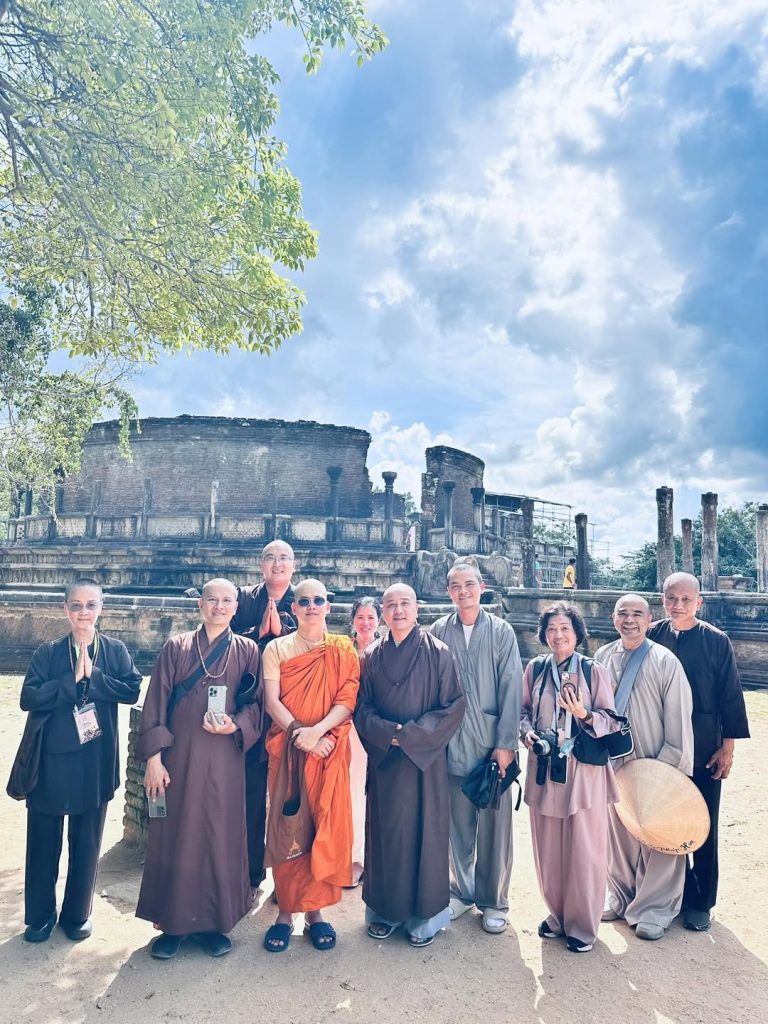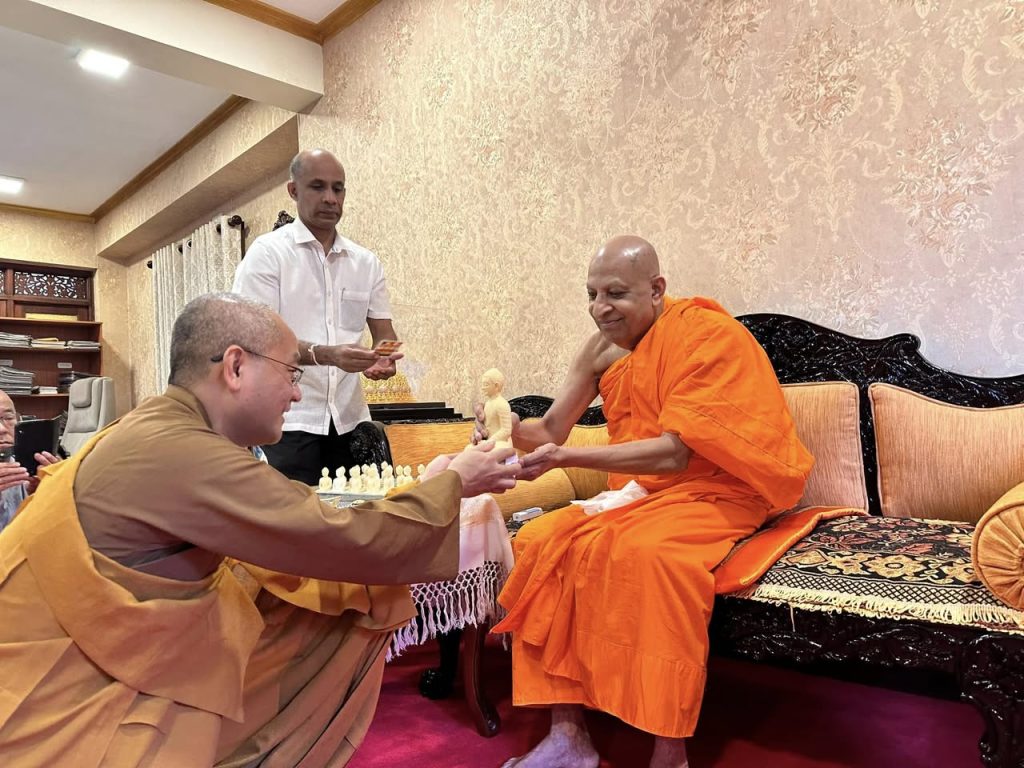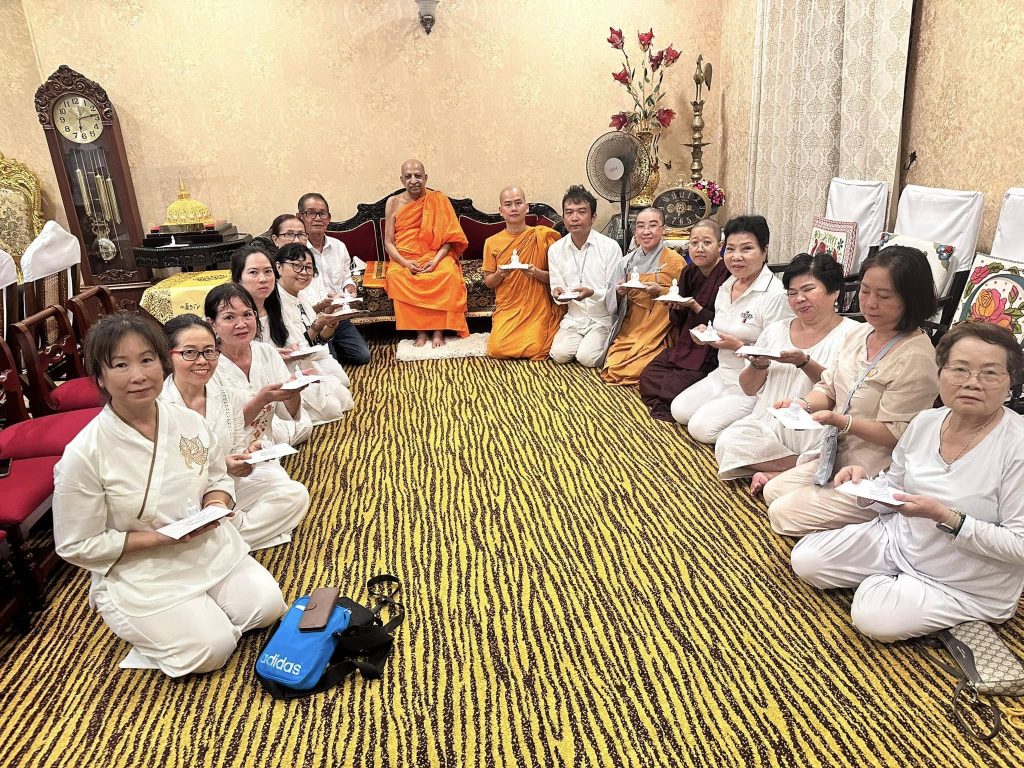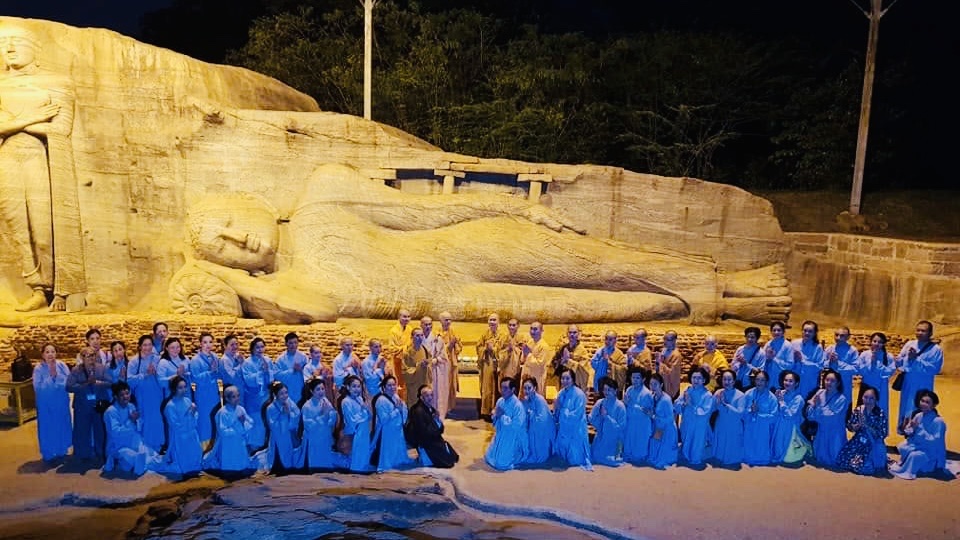Hướng Dẫn Hành Hương Đến Sri Lanka
Nơi Tìm Thấy: Sri Lanka
• Nơi được Đức Phật viếng thăm ba lần
• Nơi có truyền thụ Pháp từ thế kỷ thứ 3 trước Công nguyên
• Nơi chứa đựng năng lượng từ thực hành của các tăng ni và Phật tử kính mến, suốt ngày đêm
• Một môi trường thiên nhiên yên bình và mát mẻ
Sri Lanka tự hào có lịch sử liên tục lâu dài nhất của Phật giáo trong số các quốc gia Phật giáo, hầu như không gián đoạn kể từ khi Phật giáo được truyền bá vào thế kỷ thứ 2 trước Công nguyên. Phật giáo là tôn giáo quốc gia của Sri Lanka, quốc gia còn được biết đến như “vùng đất của Pháp” – quốc gia Pháp. Ngoài Sri Lanka, Ấn Độ được xem là “đất của Đức Phật” và Myanmar được mệnh danh là “quốc gia của tăng ni”.
Vào năm 250 trước Công nguyên, sư tăng thiêng liêng Mahinda, con trai của Đại Hoàng đế Ashoka từ Ấn Độ, đã đến đây để giới thiệu Phật giáo cho hòn đảo xinh đẹp này. Năm 245 trước Công nguyên, ni cô thiêng liêng Sanghamitta, con gái của Hoàng đế Ashoka và chị của sư tăng Mahinda, đã mang theo một chồi cây Bồ-đề, dưới gốc cây mà Đức Phật đã giác ngộ, đến Sri Lanka. Ngày nay, cây Bồ-đề này được coi là cây trồng cổ nhất được biết đến trên thế giới. Kinh Pali, vốn được truyền miệng ban đầu, đã được ghi chép lần đầu tiên tại Hội đồng Phật giáo thứ tư tổ chức tại chùa đá Aluwihare vào năm 103 trước Công nguyên. Kinh Pali, bộ sưu tập các văn bản nền tảng của truyền thống Phật giáo Nguyên Thủy, đã được ghi chép tại hội đồng này.
Sri Lanka là một trong chỉ hai quốc gia trên thế giới có lịch sử được ghi chép liên tục từ thời cổ đại. Theo lịch sử này, Đức Phật đã viếng thăm hòn đảo Sri Lanka ba lần, được ghi chép chi tiết trong Mahavamsa, biên niên sử vĩ đại của Sri Lanka, cũng như trong các tác phẩm cổ như Pujavaliya, Samantapasadika và Buthsarana. Do đó, việc thờ phụng các di tích của Đức Phật ở đây được xem là sâu sắc và trọng đại hơn ở các quốc gia khác. Tại Sri Lanka, chúng ta có thể viếng mộ răng tại Kandy, di tích xương sườn tại chùa Thuparamaya, di tích răng bên phải tại chùa Somawathi ở Anuradhapura, di tích tóc tại chùa Gangaramaya ở Colombo và nhiều di tích khác tại các địa điểm linh thiêng và chùa chiền.
Ngoài ra, du khách còn có thể khám phá kiến trúc cổ kính đặc sắc của Sri Lanka, bao gồm các chùa stupa, hệ thống thủy lợi và bệnh viện. Một số ví dụ tiêu biểu là chùa Thuparamaya – chùa đầu tiên được xây dựng sau khi Phật giáo được truyền bá vào đảo từ thế kỷ thứ 3 trước Công nguyên, chùa Ruwanweli Maha Seya – một trong những dagoba lớn nhất, ban đầu cao khoảng 103 mét, được xây dựng vào khoảng thế kỷ thứ 2 trước Công nguyên, chùa Abhayagiri Dagaba – ban đầu cao khoảng 115 mét và vẫn là một trong những chùa stupa lớn nhất tại Sri Lanka, được xây dựng vào thế kỷ thứ 1 trước Công nguyên, và chùa Jetavanaramaya – công trình xây bằng gạch cao nhất thế giới, được xây dựng vào thế kỷ thứ 3 sau Công nguyên.
Sri Lanka cổ đại từng sở hữu hệ thống thủy lợi lớn nhất thế giới, nhiều phần trong đó vẫn còn được sử dụng cho đến ngày nay. Người xưa ở Sri Lanka đã xây dựng các đập nước khổng lồ và hệ thống chuyển hướng nước phức tạp, với một số đập nước có độ dốc chỉ một inch (tương đương 2,54 cm) trên mỗi dặm (khoảng 1,6 km), với hơn 5.000 đập nước trong một mạng lưới gồm 4.000 kênh rạch. Họ còn thiết kế các buồng áp lực trong hệ thống điều tiết nước của các đập nước ở Sri Lanka cổ đại.
Sri Lanka cổ đại cũng là quốc gia đầu tiên trên thế giới thành lập bệnh viện tại Mihintale vào thế kỷ thứ 4 trước Công nguyên. Hiện nay, không có bằng chứng nào cho thấy bệnh viện đã được biết đến ở nơi khác trên thế giới trước thời kỳ này. Tàn tích của khu phức hợp bệnh viện Mihintale ở Anuradhapura được coi là tàn tích bệnh viện cổ nhất trên thế giới.
Sư tăng Pháp Quang có nhiều kinh nghiệm trong việc hướng dẫn các đoàn hành hương tại Sri Lanka, giới thiệu cho họ lịch sử, văn hóa và lối sống của vùng đất này. Những hành hương được Sư Pháp Quang hướng dẫn sẽ được dẫn dắt trong các bài thiền, thiền đi bộ, tụng kinh và phát lễ theo truyền thống của Sri Lanka tại các địa điểm linh thiêng.
Hơn nữa, với sự hiện diện của Sư Pháp Quang, quý vị sẽ có cơ hội viếng thăm ngài Tăng Thống và các di tích linh thiêng bên trong Chùa Xá Lợi Răng thiêng liêng tại thành phố Kandy. Lòng từ bi của Ngài vô cùng rộng lớn, chỉ cần gặp gỡ và viếng thăm Ngài cũng đã mang lại niềm hạnh phúc và nguồn năng lượng lớn. Cũng như việc được chiêm bái xá lợi của Đức Phật và nhận phước lành tại ngôi chùa là nguồn công đức dồi dào của quý vị.

